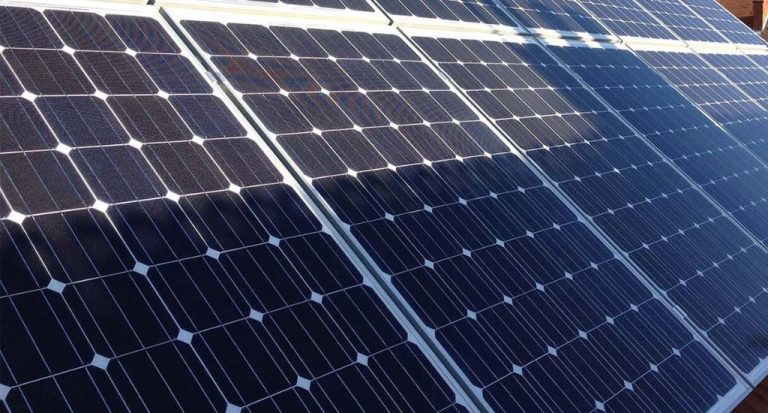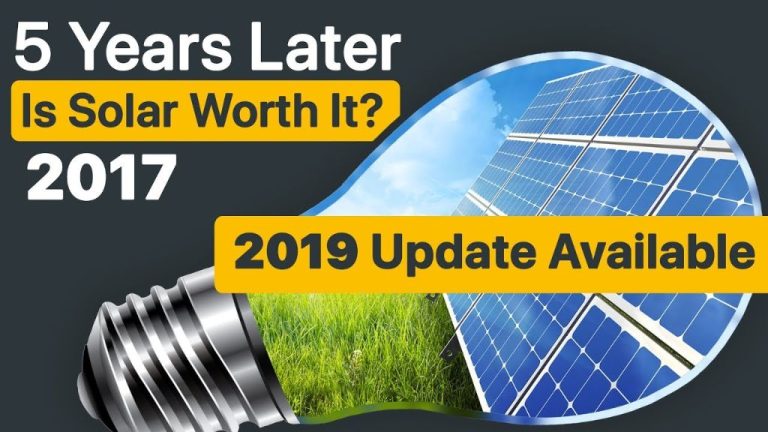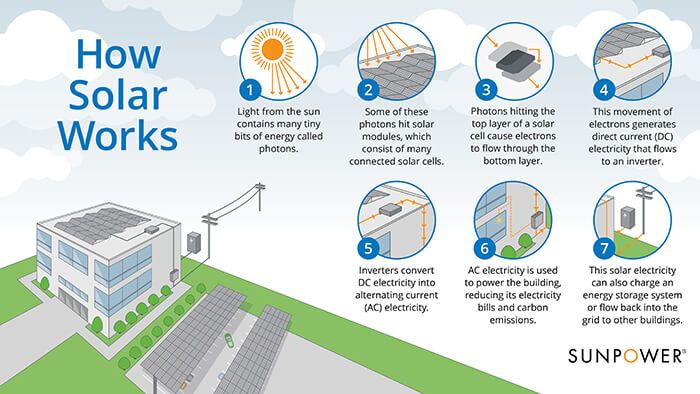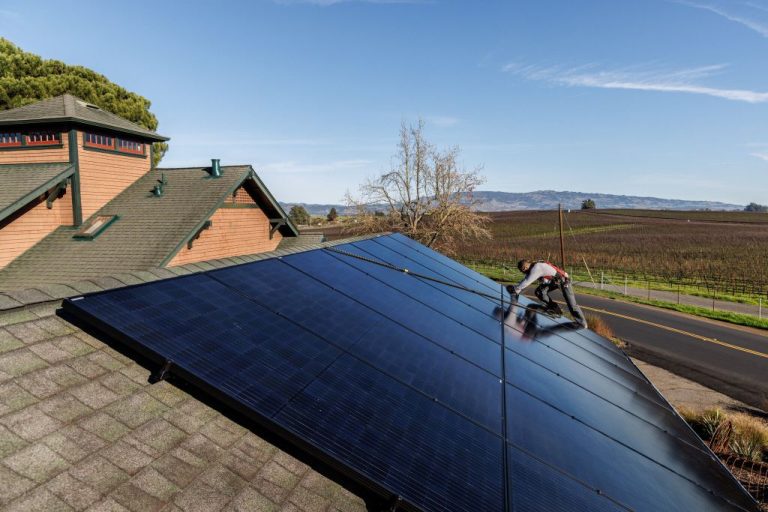How Much Money Can Renewable Energy Save?
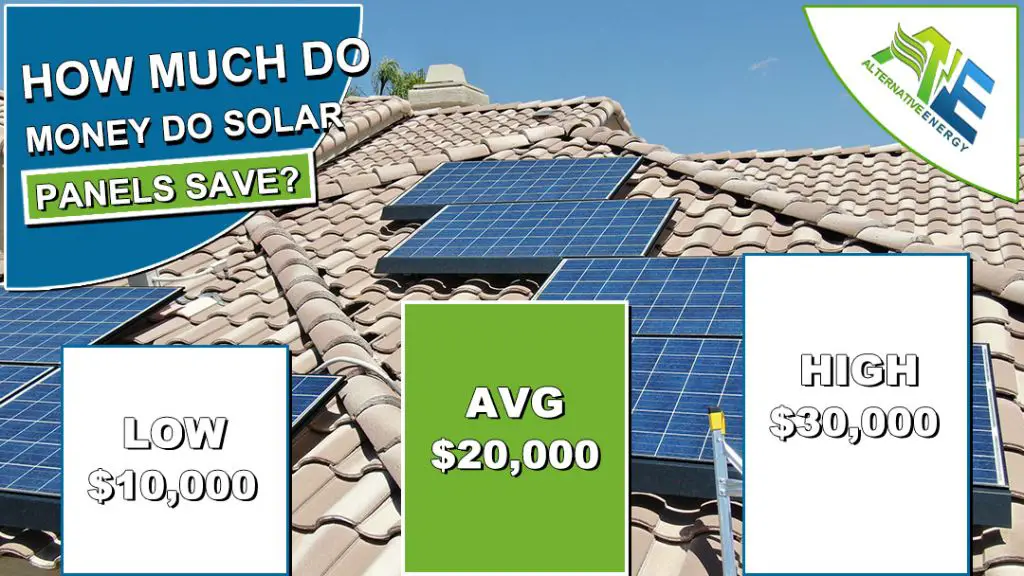
Renewable energy comes from natural sources that are continuously replenished, such as sunlight, wind, water, and geothermal heat. Transitioning to renewable energy sources can lead to significant cost savings compared to relying on fossil fuels. With rising energy prices and climate change concerns, evaluating the economic benefits of renewables is crucial for individuals, businesses, and policymakers. This article will analyze the potential cost savings across the major types of renewable energy, including wind, solar, geothermal, hydropower, and bioenergy.
Emphasizing the monetary savings from renewable energy has been shown to garner bipartisan support, compared to focusing solely on curbing global warming or boosting the economy (The durable, bipartisan effects of emphasizing the cost savings of renewable energy). With substantial upfront investments required for renewable power installations, quantifying the long-term savings can help justify the switch and overcome political divides on energy issues.
Wind Energy Savings
Wind energy offers significant cost savings over traditional fossil fuels like coal and natural gas. According to a report from Energy5, the costs of wind turbines have declined dramatically in recent decades as technology has improved. In the 1980s, wind turbines cost over $6 per watt. Today, costs have fallen below $1 per watt installed (https://energy5.com/the-economics-of-wind-turbines-assessing-costs-and-benefits).
The levelized cost of energy (LCOE) from new wind projects is extremely competitive with fossil fuels. The U.S. Department of Energy estimates the current LCOE for wind at $37 per megawatt-hour (MWh). This is below the cost of electricity from new natural gas plants ($44/MWh) and significantly lower than coal ($102/MWh). As technology continues to advance, the LCOE of wind is projected to decrease further.
Utilities One highlights how these competitive costs for wind energy translate into savings for consumers. Wind energy incentives like tax credits and renewable energy certificates help lower the cost per kilowatt-hour for wind. This provides cost savings that can be passed onto homeowners and businesses (https://utilitiesone.com/winds-of-change-how-wind-energy-is-revolutionizing-construction-design). As more wind energy comes online, these savings are likely to grow.
Solar Energy Savings
Solar energy can provide significant long-term cost savings compared to electricity from fossil fuels. According to one analysis, the average cost of solar power has dropped from $0.35/kWh in 2009 to $0.048/kWh in 2021, an 86% reduction (https://www.xandoenergy.com/savings/). The declining costs of solar panels and installation means the payback period on an initial solar investment can be quite short. After the payback period, solar provides virtually free electricity for decades.
In comparison, residential electricity prices have risen from 10.4 cents per kWh in 2009 to 13.7 cents per kWh in 2021, a 30% increase (cite EIA data). Fossil fuel electricity prices are likely to continue rising as fuel costs increase, while solar costs will keep falling. One study found solar electricity costs could be 3 to 4 times cheaper than fossil fuel electricity by 2050 (cite url).
The ability for solar to lock in low electricity rates for 20-30 years provides stability and insulation from market changes that affect fossil fuel prices. Businesses that install solar can shield themselves from unpredictable swings in energy costs.
Geothermal Energy Savings
Geothermal energy can lead to significant cost savings compared to traditional heating and cooling systems. Though the upfront installation costs for geothermal systems are higher, the long-term savings outweigh the initial investment. According to this source, the average cost to install a geothermal system is $20,000-$30,000. However, geothermal systems can save homeowners 30-70% on heating/cooling costs and have an average lifespan of 25 years.
The cost per kWh for geothermal energy is much lower than fossil fuels. This source states that the average cost of geothermal energy is only $0.05 per kWh, compared to $0.095 per kWh for natural gas, $0.12 for propane, and $0.33 for electric resistance heating. With such significant long-term savings, the higher upfront costs of geothermal installation pay for themselves within 5-10 years in most cases.
Hydropower Savings
Hydropower can provide significant cost savings compared to fossil fuel sources like coal and natural gas. The main costs for hydropower projects are construction and equipment costs, which can range from $1,500-$4,000 per kW of capacity depending on the size and site conditions (Source). However, once built, the operation and maintenance costs are relatively low at around 1-2 cents per kWh produced.
This compares very favorably to fossil fuel power plants, where fuel costs make up a significant portion of the levelized cost. For example, a natural gas power plant has levelized costs around 5-7 cents per kWh, with more than half of that from fuel costs. A coal power plant is around 6-15 cents per kWh including fuel (Source).
So over the lifetime of a project, hydropower can provide electricity for a lower overall cost than fossil fuel sources. This translates into substantial savings on electricity bills for utilities and consumers when hydropower makes up a larger portion of the generation mix.
Bioenergy Savings
Bioenergy offers significant cost savings compared to fossil fuels. Bioenergy feedstocks like wood pellets, wood chips, and agricultural residues are cheaper than coal and natural gas on a per kWh basis. According to a report by the Irish Bioenergy Association, bioenergy can provide fuel cost savings of 10-15% compared to fossil fuels (https://www.irbea.org/wp-content/uploads/2020/05/IrBEA-Proposals-for-Programme-for-Government-2020.pdf). The cost per kWh for bioenergy ranges from 5-7 cents, while coal costs around 10 cents per kWh and natural gas can be over 15 cents per kWh.
The lower feedstock costs for bioenergy lead to lower overall energy costs. An analysis by the World Bioenergy Association found that solid biomass costs around $3 per GJ, while the cost for natural gas is $7 per GJ. The cost savings from bioenergy can benefit both large-scale power generation as well as small-scale thermal applications like heating homes and businesses.
Bioenergy systems have lower operating costs compared to fossil fuel systems. Maintenance costs are lower because bioenergy systems have fewer emissions controls. Bioenergy feedstocks can be sourced locally, reducing transportation costs. Overall, bioenergy provides a cost-competitive and affordable alternative to traditional fossil fuels.
Case Studies
Energy efficiency projects can produce substantial cost savings over time. A case study in Montenegro analyzed various renewable energy investments and found they were highly effective at reducing emissions while emphasizing the need for cost-benefit analyses to maximize savings. The study determined that utility-scale wind and solar photovoltaics provided the best economic returns.
At the University of Massachusetts Amherst, an energy efficiency program over several years led to major cost savings and CO2 reductions through lighting upgrades, controls, mechanical improvements, and solar installations. The university saved over $7 million annually from these efforts.
Gundersen Health System in Wisconsin aimed to lower costs through energy efficiency and renewables. It invested the savings from low-cost reductions into longer-term renewable energy projects. This strategy allowed the health system to become energy independent and realize significant long-term cost savings.
Barriers to Adoption
Despite the potential for significant cost savings, the adoption of renewable energy has been relatively slow in many places. High upfront costs are one of the biggest barriers to faster renewable energy adoption.
According to Energy5, the initial capital costs for renewable energy projects like wind and solar farms can be higher than for fossil fuel power plants (source). Many consumers and companies are deterred by the high upfront investment required.
Intermittency of renewable sources like wind and solar is another barrier, as it requires investment in energy storage solutions to ensure reliable power supply (source). There are also regulatory and policy barriers in some places that favor incumbent fossil fuel energy production.
However, costs for renewable energy are falling rapidly. With the right policies and incentives, these barriers can be overcome to transition more fully to cost-effective renewable energy.
Policies to Accelerate
Governments can accelerate renewable energy adoption by implementing supportive policies and initiatives. According to the UN, “clear and robust policies, transparent processes, public support and the availability of modern energy transmission systems are key to accelerating the uptake of renewable energy” (source).
Some recommended policies include:
- Renewable portfolio standards (RPS) – These mandate that utilities source a minimum percentage of their electricity from renewables (source). RPS policies create demand, stimulate investment, and promote renewable energy growth.
- Feed-in tariffs – These guarantee renewable electricity generators fixed, premium prices for the power they feed into the grid. This provides incentives for adoption.
- Net metering – This allows households with solar panels to get credit for excess electricity sent back to the grid. It makes solar power more economically attractive.
- Improving grid infrastructure – Upgrading grids to handle more renewable power enables greater integration of variable sources like wind and solar.
- Streamlining permitting – Simplifying bureaucratic processes for installing renewable energy projects accelerates adoption.
With supportive policies, falling technology costs, and public pressure to act on climate change, renewable energy adoption can be rapidly accelerated.
Conclusion
In summary, renewable energy sources like wind, solar, geothermal, hydropower and bioenergy can lead to significant cost savings compared to fossil fuels. The savings come from free fuel sources like wind and sun, as well as technological improvements that have driven down capital costs. Case studies around the world have shown renewable energy generating electricity for 2-7 cents/kWh in many cases, undercutting fossil fuel costs of 5-17 cents/kWh.
However, there are still barriers like upfront costs and grid integration that limit adoption. Supportive policies like tax credits, renewable mandates and streamlined permitting are critical for accelerating the transition. Readers should contact their elected officials and urge them to enact measures that promote clean energy development in their states. With the right policies, renewable energy can deliver major savings while fighting climate change and creating jobs.

